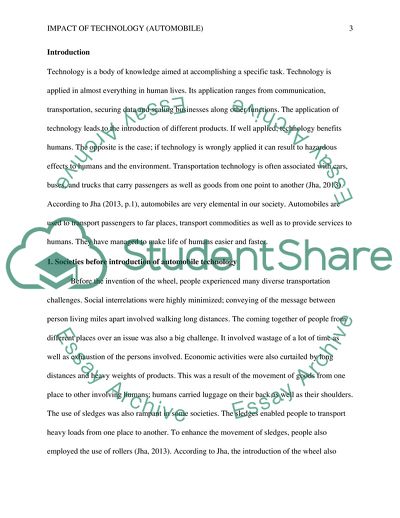Cite this document
(Impact of Transportation Technology Research Paper Example | Topics and Well Written Essays - 2000 words, n.d.)
Impact of Transportation Technology Research Paper Example | Topics and Well Written Essays - 2000 words. https://studentshare.org/technology/1844656-impact-of-technology-automobile
Impact of Transportation Technology Research Paper Example | Topics and Well Written Essays - 2000 words. https://studentshare.org/technology/1844656-impact-of-technology-automobile
(Impact of Transportation Technology Research Paper Example | Topics and Well Written Essays - 2000 Words)
Impact of Transportation Technology Research Paper Example | Topics and Well Written Essays - 2000 Words. https://studentshare.org/technology/1844656-impact-of-technology-automobile.
Impact of Transportation Technology Research Paper Example | Topics and Well Written Essays - 2000 Words. https://studentshare.org/technology/1844656-impact-of-technology-automobile.
“Impact of Transportation Technology Research Paper Example | Topics and Well Written Essays - 2000 Words”. https://studentshare.org/technology/1844656-impact-of-technology-automobile.


